Level Legal’s Leigh Vickery writes, “The compliance and eDiscovery tools that we work with are better across the board, but many in the legal industry (clients and vendors alike) continue to be hamstrung by outdated workflows and practices. That includes volume-based pricing, which inherently assumes all gigabytes or units are the same.”
As an eDiscovery Day Participant, those of us at Level Legal would like to share a few words on a topic that is near and dear to our hearts, and the balance sheets of our clients: Pricing.
In today’s world of eDiscovery, we’ve seen tremendous advancement in the eDiscovery solutions that we use to help clients. The compliance and eDiscovery tools that we work with are better across the board, but many in the legal industry (clients and vendors alike) continue to be hamstrung by outdated workflows and practices. That includes volume-based pricing, which inherently assumes all gigabytes or units are the same.
These pricing mechanisms once had the advantage of transparency and predictability when email was the primary data source, but unit pricing often fails to capture reality: the nature and complexity of the data in a particular matter. Even if data volumes stay the same, project management costs can climb because we need to solve the next uncovered data complexity issue.
Which begs the question: When complexity can’t be solved for before you come up with a price, how can price really be predictable? Why are we pricing by the one thing—data volume—when each gigabyte might involve Slack, Microsoft Teams, video, foreign language IP, and then some email?
That’s something vendors need to think harder about—for their own sake, but also for their clients’ sake. People who really understand the details of data and eDiscovery, the data “nerds” like us who often save the day when the most difficult problems arise, have become extremely valuable. Especially, as the value of our work begins to have a beneficial impact on related areas like compliance as well as eDiscovery. In this scenario, per-gigabyte pricing doesn’t capture the value we provide, nor does it help the client predict cost or risk.
If we can offer one word of advice to eDiscovery clients, it would be to understand that viewing cost exclusively through the lens of per-gigabyte or unit pricing without taking into account information governance and compliance will be increasingly counterproductive. In 2020 alone and the move to more work-from-home models, consider all of the new collaboration tools we use—not to mention multiple versions of software applications running in hundreds of locations across a vast global network of divisions and locations. The cost problem is often exacerbated by an essentially reactive, matter-by-matter approach to eDiscovery that values short-term cost savings over a longer-term, multi-matter view of discovery projects in the context of information governance and compliance.
The purpose of this observation is to challenge all of us in the legal industry to think more creatively about pricing so that it more accurately reflects the actual value we provide and gives clients more predictability.
It is also about simplicity.
Think about your last trip to Costco. Each item has a SKU, or bar code, that tracks the product to measure stock, sales, marketing, and many other metrics. The SKU is very thoughtfully designed, especially at Costco. For example, they bundle tamales and queso as one SKU during certain times of the year, and sales are three times higher than if they were sold separately.
At Level Legal, we are applying these kinds of business practices to our costing models not only to grow sales, but to give our clients the best value, predictability, and simplicity they deserve. We work with our clients to offer our technology tools, services, and some other value adds as a bundle, or a SKU if you will. This takes collaboration, an expert understanding of data management, and a culture committed to innovation.
This kind of intense, proactive focus on how data interacts with an organization can actually prevent clients from having to litigate at all. As previously mentioned, it’s also important to note the most significant trend in the legal world today is the convergence of eDiscovery and compliance. Competencies in these two areas are merging. People and organizations that excel at the data-intensive work required of complex eDiscovery projects are also very, very good at anticipating and solving compliance problems. Enterprises that have their data in order and keep it that way generally fare much better in eDiscovery from a price and outcome perspective than those that don’t.
Missing a key role on your eDiscovery Dream Team? Contact Level Legal for help.
Leigh Vickery is the Chief Strategy and Innovation Officer for Level Legal. Her diverse background in business, psychology, and strategy adds new ways of helping our clients achieve their goals and enjoy the experience along the way.


